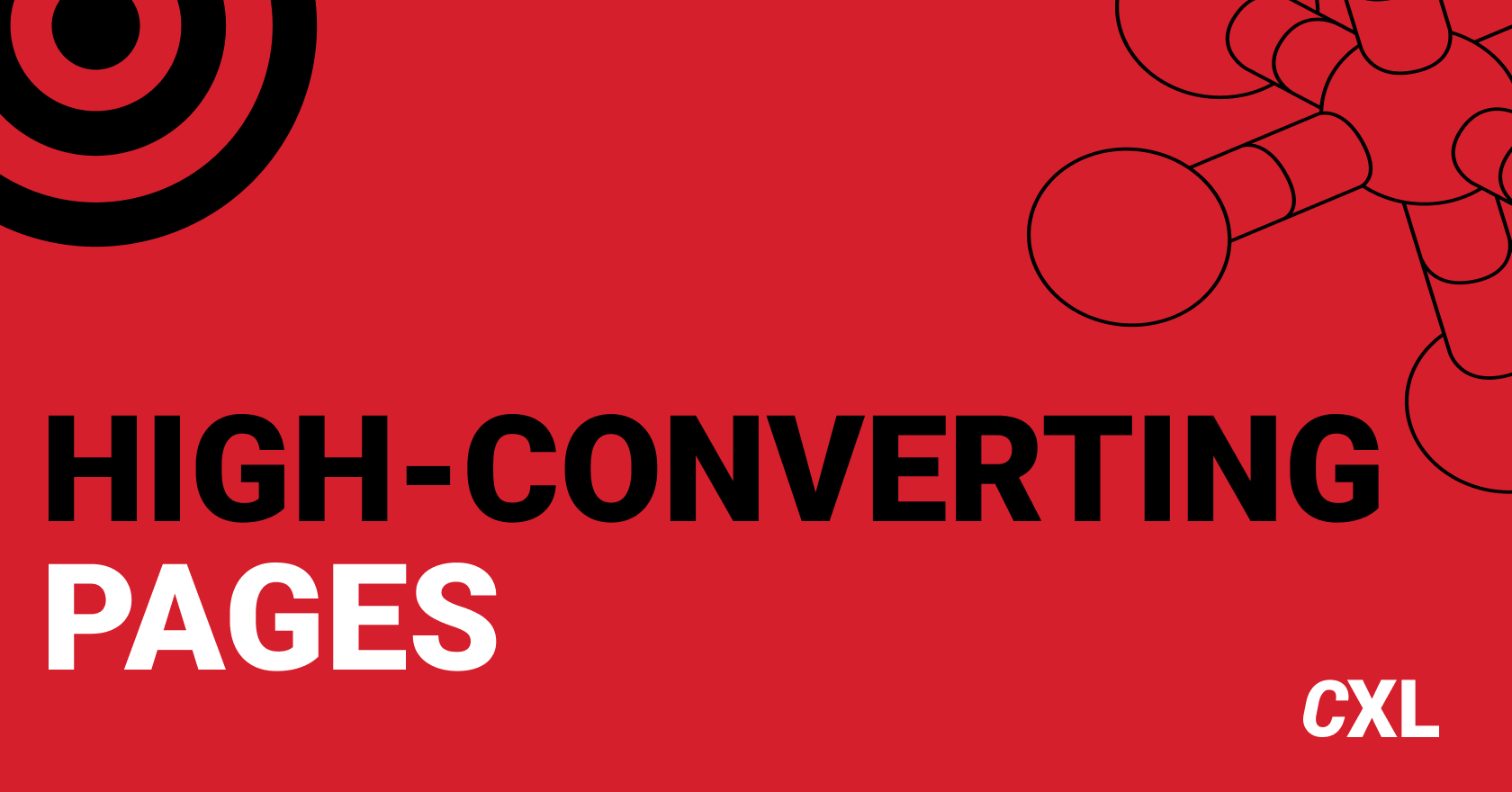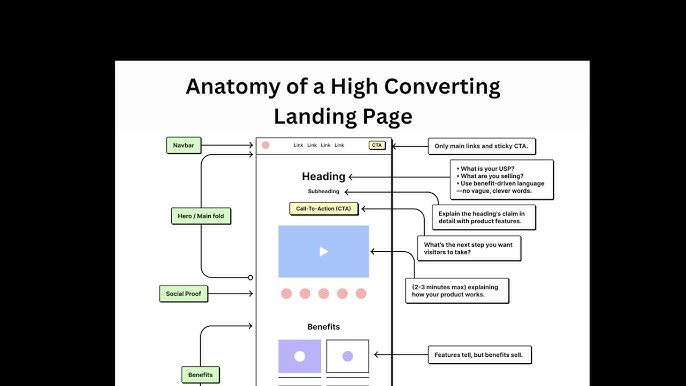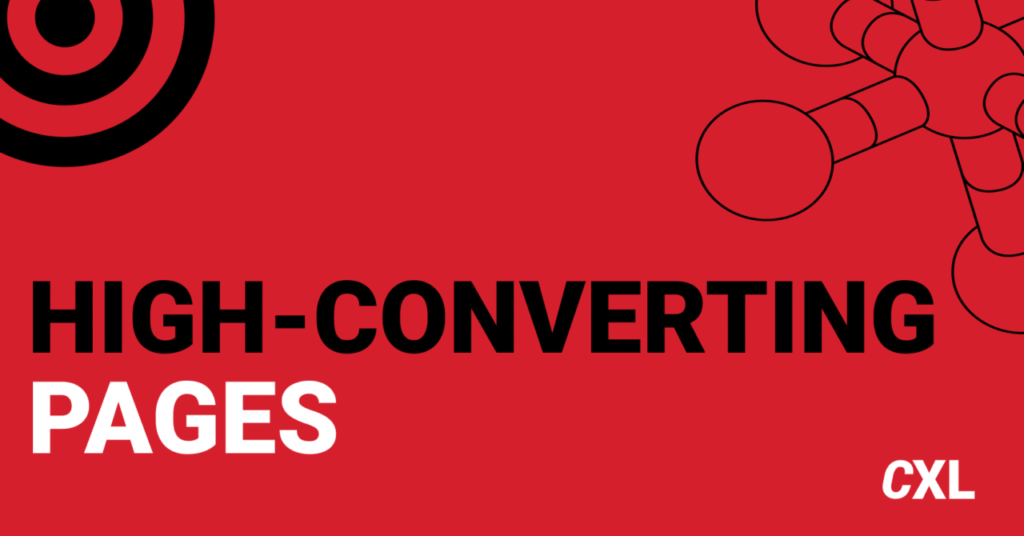Imagine having a tool that can transform casual website visitors into enthusiastic customers. That’s exactly what a well-crafted landing page can do for your sales funnel.
It’s more than just a gateway; it’s the secret weapon in your marketing arsenal. Picture your landing page as a magnet, pulling potential leads closer and closer to conversion. But what sets an ordinary page apart from a high-converting one?
You need to understand the anatomy of a landing page that captures attention and drives action. This isn’t just about aesthetics; it’s about psychology and precision. From the moment your visitor lands, every element must work in harmony to guide them seamlessly toward taking action. Your headline should scream for attention, your visuals must flow effortlessly, and your call-to-action needs to be irresistible. With the right strategies, your landing page can become the powerhouse of your sales funnel, turning clicks into loyal customers. Ready to unlock the secrets behind a landing page that truly converts? Let’s dive in and explore each vital component that can elevate your page from ordinary to extraordinary. Your journey to mastering high-converting landing pages starts here, and you won’t want to miss what comes next.

Credit: cxl.com
Introduction: Why Landing Pages Are Critical To Funnel Success
Landing pages are crucial for directing potential customers through your sales funnel. They serve as the first impression, capturing attention and encouraging visitors to take action. A well-designed landing page focuses on a single objective, whether it’s collecting email addresses or promoting a product.
Clear messaging and compelling visuals play a vital role in holding interest. Utilizing concise headlines, bullet points, and call-to-action buttons can effectively guide users toward conversion. Trust elements like testimonials and guarantees can also build credibility. The aim is to provide an easy path for visitors to follow, reducing any hesitations or distractions.
Every element should work together to achieve the desired outcome, ensuring a smooth transition from curiosity to commitment.
What Makes A Landing Page Different From A Homepage
A landing page focuses on a specific goal, unlike a homepage, which serves as a gateway to your site. It has a single purpose: to encourage visitors to take action. This could be signing up for a newsletter, downloading a guide, or making a purchase.
The design is usually clean and straightforward. Essential elements include a strong headline, brief supporting text, and a call to action button. Every part of a landing page works together to guide the visitor towards the desired action. Distractions are minimal, helping users focus on the offer.
Unlike the homepage, which introduces various sections and links, the landing page directs attention to one offer. This approach helps increase conversion rates by reducing choices and leading visitors down a clear path. It’s designed for simplicity and effectiveness, ensuring every visitor knows exactly what to do next.
The Core Purpose Of A Sales Funnel Landing Page
A landing page in a sales funnel serves a special role. It aims to grab attention and make visitors stay longer. Every element on this page should guide the visitor towards a specific action. Clear and concise messaging is crucial.
A catchy headline can spark interest instantly. Adding a simple, persuasive call-to-action button helps direct user behavior effectively. Visuals should be eye-catching yet relevant to the offer presented. Trust indicators, like testimonials and reviews, build credibility. They make potential customers feel safe about making a choice.
Keep the design clean and clutter-free to avoid confusion. This way, the visitor’s focus remains on the main goal. Lastly, ensure mobile responsiveness. Many users browse on mobile devices, so the page must look good on all screens. Every detail counts in making a landing page successful.
Headline Psychology: How To Grab Attention Instantly
A strong headline captures attention quickly. It acts like a magnet. The key is to use clear and simple words. This helps readers understand at a glance. Questions can work well. They make people think. Numbers can also be effective.
For example, “5 Ways to Boost Your Sales” tells readers what to expect. Adding urgency can make headlines more compelling. Words like “now” or “today” can push action. Testing different headlines is smart. See which ones get the best response.
A headline must connect with the audience. It should speak directly to their needs and interests.
Subheadlines That Build Curiosity And Trust
Crafting subheadlines that spark interest is key. These short phrases grab attention quickly. They tell readers what to expect without giving everything away. A good subheadline builds curiosity. Readers want to know more. Trust is also important. Words that promise honesty and value create confidence.
Clear and simple language helps. Readers must feel they are in the right place. Small details make a big difference. Use active words. They encourage action. A sense of urgency can be helpful, too. It nudges readers to continue. Subheadlines set the tone.
They guide the reader down the page smoothly. It’s about balance. Curiosity and trust work together.
Visual Hierarchy: Designing For Clarity And Flow
Creating a landing page with good visual hierarchy helps users understand your message quickly. Start by placing the most important elements where users’ eyes naturally go first, like the top center. Use bold headings to grab attention and guide users through your content.
Balance text with images to keep the page clean and organized. Different colors can highlight key areas, drawing the reader’s focus. Make sure buttons and call-to-actions are easy to find; they should stand out but not overwhelm the page. Spacing is crucial to prevent clutter, allowing the user to absorb information easily.
A well-designed page leads the user from one element to the next without confusion. Each part should connect logically, creating a smooth experience. By prioritizing clarity and flow, users will engage more with your content, increasing the chance of conversion.
Crafting A Clear And Compelling Call-to-action (cta)
Creating a clear and compelling call-to-action (CTA) is essential for a high-converting landing page. Start by using simple words that tell visitors what to do next. “Sign up now” or “Get started today” are direct and easy to understand. Make sure the CTA stands out.
Use a bright color or a bold font to draw attention. Placement matters too. Put the CTA button where people can see it easily, like near the top of the page. Test different wording and designs to see which one works best.
Keep the text short and to the point. Too many words can confuse visitors. Remember, the goal is to guide them through the sales funnel smoothly. By focusing on these elements, the CTA will help turn visitors into customers.
Using Social Proof: Testimonials Reviews And Trust Badges
Building trust with potential customers is crucial for any landing page. Social proof, like testimonials, reviews, and trust badges, plays a big part in this process. Testimonials from satisfied customers can reassure new visitors about the quality of your product or service.
These real-life experiences often resonate more than any marketing pitch. Reviews also help in showing that others have benefited from what you offer. Trust badges, such as certifications or security seals, add an extra layer of credibility. They indicate that your website is safe and reliable.
Incorporating these elements strategically can significantly enhance the effectiveness of your landing page. Each piece of social proof should be displayed prominently, ensuring easy access for visitors. This approach can create a sense of confidence, encouraging them to take the desired action, be it signing up, making a purchase, or any other goal you have.
Form Design: Getting More Opt-ins Without Scaring People Away
Crafting a form that encourages opt-ins while maintaining user comfort is crucial for any landing page. Consider using a minimalistic design to reduce clutter and make the form easy to fill out. Keep the number of fields to a minimum, asking only for essential information.
This approach prevents overwhelming visitors and increases the likelihood of completion. Clear labels and placeholder text help guide users, ensuring they understand what is required. Adding a progress indicator can also enhance user experience, showing them how much is left to finish.
Privacy assurance is vital; include a brief statement explaining how their data will be handled safely. This builds trust and encourages sharing of personal details. Use contrasting colors for your call-to-action button to make it stand out. Encourage action with simple phrases like “Join Now” or “Get Started.
” These elements work together to create a welcoming form that boosts conversion rates without deterring potential clients.
Mobile Optimization: Your Funnel Must Work Everywhere
A landing page must be easy to use on mobile devices. Many people access websites using their phones or tablets, so the page should load quickly and look good on any screen size. Images and text must be clear and buttons should be easy to click.
A clean layout helps users find what they need fast. Also, make sure the page works smoothly on different internet speeds. This keeps visitors engaged and improves the chances of conversion. Test the page on various devices to ensure everything works correctly.
Think about the mobile experience from a user’s perspective to make it seamless. Simple navigation and fast loading times can make a big difference in keeping potential customers interested and moving through the funnel.
A/b Testing Your Landing Page Elements
Testing different parts of your landing page helps find what works best. Changing headlines, images, and buttons can make a big difference. It’s important to check which version gets more clicks or sign-ups. Try using bright colors for buttons or catchy headlines.
Sometimes, even small changes can lead to better results. Keep things simple and clear. Avoid too much text or cluttered designs. Always look at the numbers to see which version is doing better. This way, you can make sure your landing page attracts more visitors and keeps them interested.
Rely on actual data instead of guessing what might work. Making decisions based on tests can improve your page over time.
Final Thoughts: Great Funnels Start With Great First Impressions
Crafting a landing page that converts well starts with making a strong first impression. The initial look and feel of your page can set the tone for your entire sales funnel. To capture attention, use clear headlines and engaging visuals.
This draws visitors in and keeps them interested. Simple language and direct calls to action guide users smoothly through the next steps. Trust signals like testimonials or reviews can enhance credibility. Quick loading times and mobile-friendly designs ensure accessibility for all users.
Remember, every element should work together to guide visitors toward a desired action. Great design paired with user-friendly features can significantly impact conversion rates.

Credit: www.youtube.com
Frequently Asked Questions
What Is The Anatomy Of A Sales Funnel?
A sales funnel consists of four stages: Awareness, Interest, Decision, and Action. Awareness attracts potential customers. Interest engages them with valuable content. Decision involves evaluating options. Action leads to purchasing. Each stage guides prospects smoothly from initial interest to final purchase, optimizing conversion rates and enhancing business growth.
What Makes A High-converting Landing Page?
A high-converting landing page features a clear headline, compelling visuals, and a strong call-to-action. It should load quickly, be mobile-friendly, and include social proof. Effective use of persuasive copywriting and A/B testing can significantly enhance conversion rates.
What Is The Anatomy Of A Website Landing Page?
A website landing page includes a headline, subheadline, images, benefits, call-to-action, and testimonials. It aims to capture visitors’ attention and convert them into leads. A clear and compelling design enhances user engagement and improves conversion rates. Optimize content for keywords to improve search engine visibility.
What Is The Landing Page In A Sales Funnel?
A landing page in a sales funnel captures visitor information and encourages a specific action, like signing up or purchasing. It serves as the entry point for leads, guiding them towards conversion. Effective landing pages focus on a clear call-to-action and align with the campaign’s goals.
Conclusion
Creating a high-converting landing page is essential. It sets the stage for funnel success. Focus on clarity and flow in design. Craft headlines that grab attention. Use subheadlines to build curiosity. A strong call-to-action is key. Incorporate social proof to build trust.
Optimize forms to encourage opt-ins. Ensure mobile compatibility for broader reach. Test different elements to enhance performance. The goal is a great first impression. A well-designed landing page boosts conversions. It guides visitors seamlessly through your sales funnel. Remember, simplicity and focus drive results.
Aim for a page that resonates with your audience.



